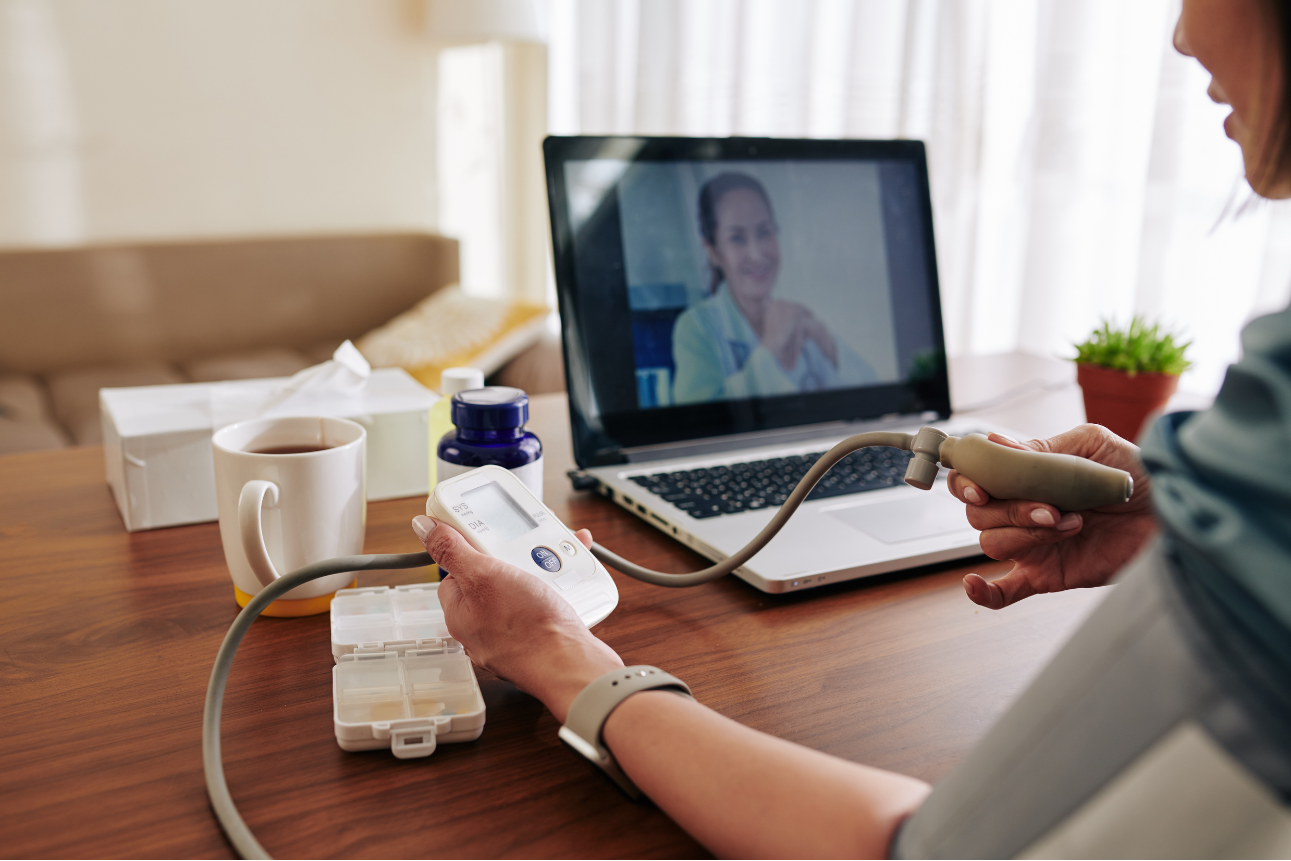The cost of remote patient monitoring (RPM) has become a central concern for healthcare providers aiming to balance affordability with innovation. As patients demand more convenient care and providers face staffing shortages, healthcare remote patient monitoring is rapidly moving from an optional service to a critical necessity. Outsourcing has emerged as a practical solution, enabling providers to manage costs while scaling care delivery.
Why the Cost of Remote Patient Monitoring Matters
Implementing RPM requires investments in devices, data platforms, integration with EHR systems, and compliance safeguards. For small and mid-sized clinics, these costs can be prohibitive without external support. However, outsourcing partners can help distribute and manage the cost of remote patient monitoring more effectively by:
- Providing device procurement and management at scale
- Offering 24/7 monitoring support through trained teams
- Ensuring HIPAA-compliant handling of sensitive patient data
- Integrating results directly into providers’ existing systems
By outsourcing these functions, clinics avoid upfront capital expenses and reduce administrative overhead.
The Role of Healthcare Remote Patient Monitoring
Healthcare remote patient monitoring allows providers to track vital signs, medication adherence, and chronic disease management from patients’ homes. Beyond lowering hospital readmissions, this model empowers patients to play an active role in their care while easing the burden on in-person staff.
For example, outsourcing providers can monitor trends such as blood pressure fluctuations or glucose levels in real time. When anomalies occur, alerts are sent to physicians, ensuring timely intervention without requiring unnecessary visits.
Why Outsourcing Makes RPM Sustainable
Outsourcing transforms the economics of RPM by pairing skilled offshore teams with automation technology. This combination reduces the cost of remote patient monitoring while maintaining high standards of accuracy and responsiveness. Key benefits include:
- Scalability: Providers can expand monitoring programs without hiring additional staff.
- Cost Efficiency: Outsourcing lowers the cost of remote patient monitoring, labor, and equipment costs.
- Improved Care Quality: Trained remote teams ensure no patient alert goes unnoticed.
- Operational Flexibility: Outsource providers handle surges in patient enrollment or seasonal demands.
Opportunities for BPO Providers in RPM
The growing adoption of healthcare remote patient monitoring opens a significant market for outsourcing firms. From call center support for patient onboarding to data analytics for population health management, BPO providers can deliver a wide range of services that reduce provider cost of remote patient monitoring while improving care outcomes.
Additionally, outsourcing firms with multilingual support can help hospitals reach diverse patient populations, making RPM programs more inclusive and accessible.
Conclusion: Turning the Cost of Remote Patient Monitoring Into Opportunities
The cost of remote patient monitoring doesn’t have to be a barrier to innovation. By leveraging outsourcing partnerships, providers can deliver continuous, high-quality care without overextending budgets or staff.
For healthcare organizations, outsourcing healthcare remote patient monitoring isn’t just about lowering expenses—it’s about transforming care delivery. For outsourcing providers, it’s a growing opportunity to play a critical role in shaping the future of healthcare.




